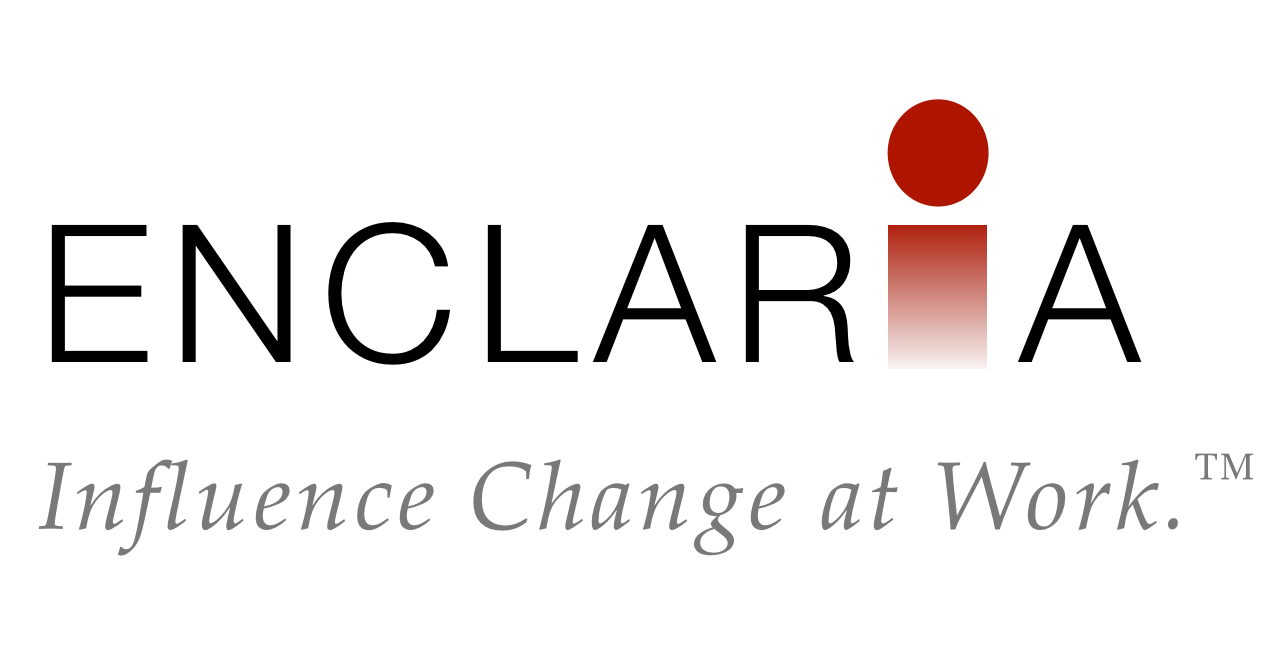My three-year-old son recently started bombarding me with “Why?”
In the Toyota Production System (think lean manufacturing) and Six Sigma, the “5 Whys” method is used to determine the root cause of a problem. My car won’t start. Why1? Because the battery is dead. Why2? Because I left my headlights on last night. Why3? Because I didn’t hear it buzzing when I got out of the car. Why4? Because my toddler was screaming. Why5? Because he didn’t take his nap. So the root cause of the problem “my car won’t start today” is “my toddler didn’t take his nap yesterday.” Eliminate the root cause and you are less likely to have the same problem in the future.
In coaching, we’re taught not to ask Why, at least not very often. The reason? It is often perceived as an accusation. Even in the benign example above, why didn’t the car start? Because I was a dummy and forgot to turn the headlights off. If someone is feeling at all defensive about something, asking Why can be a conversation-stopper. Why is also such a wide-open question that it doesn’t focus the person’s thinking.
Any of the other question starters can be used as an alternative. Especially useful are What and How, although Who Where and When can be used when applicable.
“What drained the battery?”
“What stopped you from turning the lights off?”
“How were you distracted?”
“How was your normal car routine interrupted?”
“When you turned off the car, what happened next?”
Asking Why is easy – even my three-year-old can do it. Instead, be creative and curious, and find an alternative to Why.
